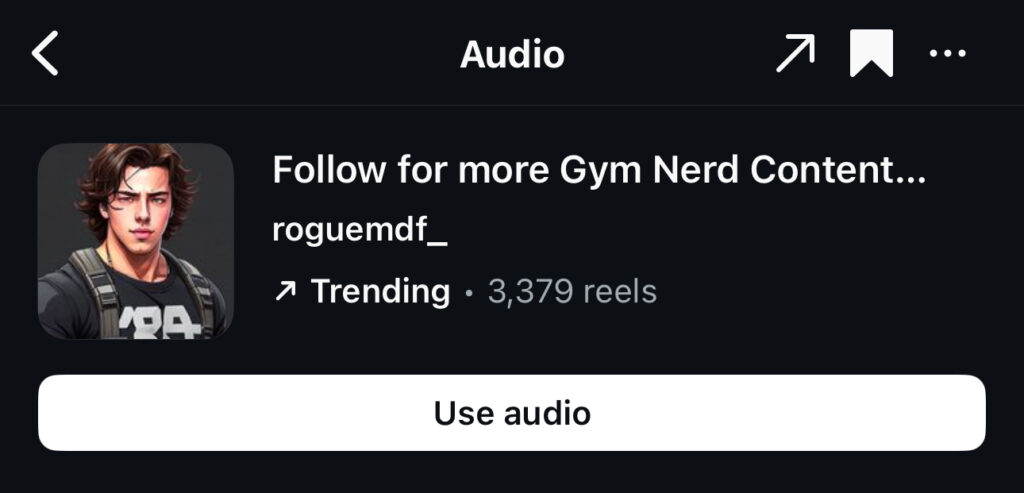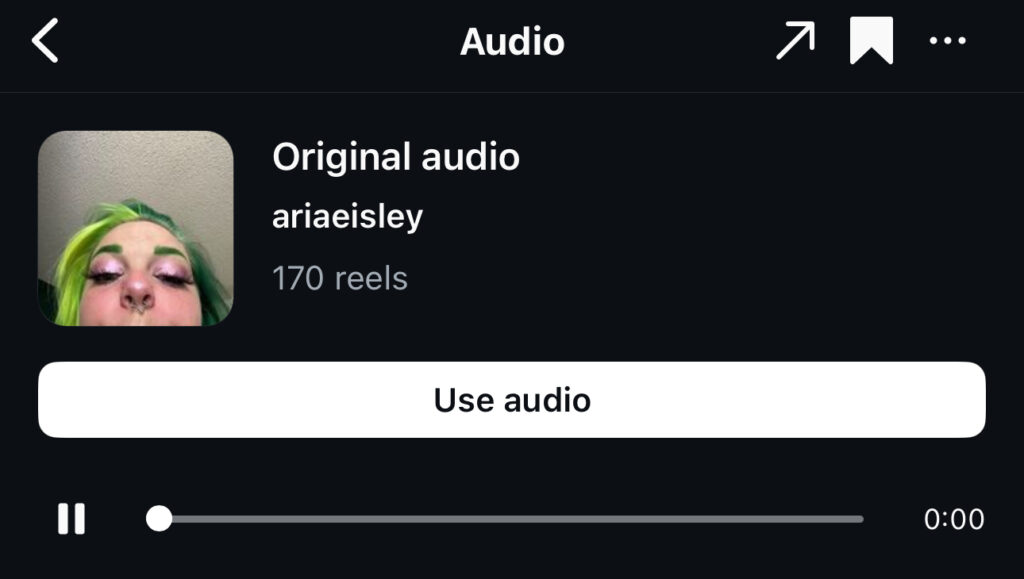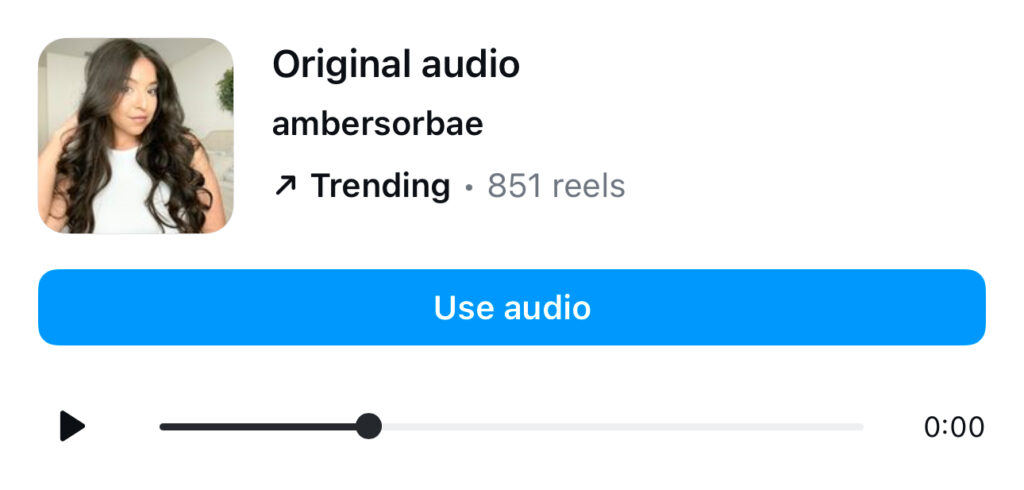The Language of Social Media: Verbal, Audible & Visual Hooks
October 21, 2024
Welcome back to The Business of Being Online blog. Today, we’re diving headfirst into something that I know well and love. One of my clients recently said to me, “it’s like you and I speak completely different languages. I my language is people and yours is social media!”. So let’s talk about the language of social media! Whether you’re trying to build a community, or just keep up with the chaos of the internet, understanding how we communicate online is non-negotiable. Connection is currency.
In this post, we’ll break down the big three:
- Verbal Hooks
- Audible Hooks
- Visual Hooks
Oh, and we’ll also take a detour into internet brain rot and confusion core content—because it’s 2024, and social media is both a fever dream and a circus.
Verbal Hooks: The Quickest Way to Say “Hey, Pay Attention!”
So what is a verbal hook?
These are written or spoken phrases that immediately capture attention. And let’s be real, if you’re not grabbing people’s attention immediately, you’ve already lost them. We’re here to stop that scroll and invite folks to dive deeper into our content marketing funnel.
Some classic examples of verbal hooks?
You’ve probably seen a ton, but let me hit you with a few:
- “Might fuck around and…”
- “Okay, but hear me out…”
- “For my next trick…”
- “Call me crazy but…”
- “My favourite animal is me when…”
These phrases work because they play on common cultural refernces and shared internet humor (a running theme of this post and episode).
They’re a mix of familiarity and opening a story loop (curiosity), making the audience feel like they’ve gotta watch and find out what comes next. That’s why verbal hooks are so effective—they’re low-effort but high-reward, and they make your audience feel seen, since they’re “in” on it.
Audible Hooks: The Sounds That Pull You In
Let’s talk about sounds. If verbal hooks are about what you say, audible hooks are all about how you say it. These sound-based elements are designed to draw people in through audio. This could be anything from a viral sound clip to a well-timed voiceover or even a catchy sound effect.
Audible Hooks in Action: Very Demure, Very Mindful
The “very demure, very mindful” trend that took over the internet back in August 2024. Jools LeBron started it, and it spread like wildfire because, let’s face it, the internet loves irony and hyperbole. This trend started as a verbal hook but quickly evolved into an audible one, with everyone—from regular folks to celebrities—jumping on it. It’s the tone, cadence, and vibe that make it stick.
https://www.instagram.com/reel/C_0mwlcOlyV/?igsh=MXdweXZxdHVkMGcxdw%3D%3D
@comedycentral The original in da clerb. #BroadCity #InDaClerb #ComedyCentral #FYP
♬ original sound – Comedy Central
Verbal and Audible Hooks Often Overlap and Intersect
Some hooks do double duty—what starts as a catchy phrase can become even more powerful when paired with the right tone, cadence, or sound effect. This is where verbal and audible hooks overlap, creating something that sticks in both your ears and your mind.
The key with audible hooks? Delivery is everything. Pair your words with the right audio or deliver it yourself in the same way, and you’ve got magic. Think about the sound clips or voiceovers that get stuck in your own head or that you find yourself saying in real life!
Visual Hooks: Show, Don’t Tell (But Do It with Style)
These are, in my opinion, the most exciting to play with because they can be endlessly creative. Visual hooks grab attention through what people see, and they’re all about that “what happens next?” factor. They open a story loop that your audience just has to stick around to close.
For example, a well-timed, shocking cut, an unexpected transition, or a visually jarring moment can do wonders for engagement. A pro tip? If you’re looking to try your hand at visual hooks, plan it out. Storyboard your idea, think about how you want to film it, and make sure your visuals align with the tone you’re going for. The effort will show in the final product.
Internet Brain Rot: The Inside Joke of the Internet
Internet brain rot is less about mindless scrolling and more about being in on the joke. It’s fast-paced, meme-driven content full of shared humor, inside jokes, and internet slang that makes you laugh because you get it—and so does everyone else who’s in the know. If you’re wondering if audible hooks fall in this category of content, they sure do! This content thrives on short, punchy clips that feel chaotic but hit perfectly for those who spend enough time online to understand the language of the internet.
Think: bizarre meme formats, one-liners in the comments section that are funnier than the post, and that specific internet slang that evolves overnight. The beauty of internet brain rot is that it’s a conversation happening across posts, videos, and platforms. It’s the stuff you send to a friend with “this is so us,” because it taps into a shared experience unique to life online.
And yes, brands can get in on this—just don’t try too hard. If your audience is living on the internet, speak their language, embrace the humor, and keep it authentic. Lean into the chaos while keeping your message intact.
Confusion Core: The Art of “What Did I Just Watch?”
If you’ve spent enough time on TikTok or Instagram lately, you’ve probably stumbled across confusion core content. This style is exactly what it sounds like—it’s confusing, surreal, and intentionally disorienting. You watch it, and at the end, you’re like, “What the fuck did I just see?”
Creators are having fun with this style because it’s so unpredictable. It’s perfect for anyone who loves pushing the boundaries of storytelling online. And for those who aren’t creating confusion core? It’s still worth watching just to see how people react to it—it’s fascinating.
Keeping Them Hooked: Why Familiarity (and Surprise) Make Content Stick
The thread running through everything we’ve talked about today is how each type of content either meets, exceeds, or completely flips your expectations. That’s what keeps people hooked.
Social media is built on familiarity. It’s the memes, the trending sounds, the phrases everyone’s using—but sometimes with twist. When you tap into that shared language, your audience feels like they’re part of an inside joke, like you get them. And that’s powerful. People want to feel seen, and they want to feel like they’re in on what’s happening.
But here’s where it gets interesting: familiarity and surprise are two sides of the same coin. Let’s look at how they play out in the wild:
Internet Brain Rot
This content meets and somtimes exceeds expectations. It’s all about fast-paced, shared humor and inside jokes that everyone’s in on. You’re giving people exactly what they expect— with a sprinkle of extra or randomness thrown in. It’s relatable, funny, and people keep watching because it’s easy and hits the right notes every time.
Confusion Core
This is where we get into breaking expectations. Confusion core is all about shaking things up. It’s disorienting, surreal, and leaves viewers thinking, “What did I just watch?” It hooks people by being the opposite of predictable. It’s the kind of content you watch twice, just to figure it out—and that’s what makes it shareable. Visual hooks play on the breaking of expectation, too.
So whether you’re leaning into the comfort of familiarity or throwing people a curveball with something unexpected, it’s all about using expectation to your advantage. Know your audience, and decide: are you going to give them what they want, or are you going to blow their minds with something they didn’t see coming?
Audio Round-Up
And finally, as promised—here’s the audio round-up! These are the sounds I’m loving, saving, or recommending for my clients right now. If you want to incorporate these into your content knock yourself out:
Disintegrate me w/ water

Audio: https://www.instagram.com/reels/audio/866416485433590?igsh=MWwwdHoyeWY3dGR2eA==
Example: https://www.instagram.com/reel/C_3cdsYRHJv/?igsh=eHozODdoaWIzNmc4
Love this one bcuz girl math 💅💁♀️
1-800-Contacts

Audio: https://www.instagram.com/reels/audio/395433180208932?igsh=MTR5MnlpMjBzeXJyNg==
Example: https://www.instagram.com/reel/C9LGxZXywUq/?igsh=d3EzNmhuaGtkeGpk
Heads Up, Tits Up

Audio: https://www.instagram.com/reels/audio/3799613630326389/
Example: https://www.instagram.com/reel/DAeJgF2yGeP/
Thanks for hanging out with me today and exploring how familiarity and surprise can work together to keep your audience engaged. If you’re feeling inspired, start playing with these ideas in your content—and remember, social media is your playground, so have fun with it. And if you spot any confusion core content, please tag me—I’d love to see what’s leaving you pleasantly puzzled!